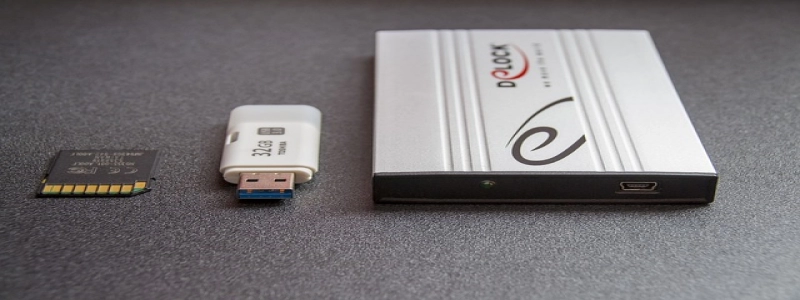Pon Passive Optical Network
je. Introduction to PON
UN. Définition et objectif
B. Brief history of PON technology
II. Components of PON
UN. Terminal de ligne optique (BTA)
1. Fonction et rôle dans le système PON
2. Connection to service provider’s network
B. Optical Network Unit (ONU)
1. Purpose and function
2. Connection to end-users’ devices
III. Working Principle of PON
UN. Upstream and downstream data transmission
1. Splitting and combining of optical signals
2. Use of Time Division Multiplexing (TDM) or Wavelength Division Multiplexing (WDM)
B. Transmission Media and Protocols
1. Fiber optic cables
2. Ethernet and ITU-T standards for data transmission
IV. Benefits of PON
UN. Increased bandwidth and data transfer speeds
B. Cost-effective solution compared to traditional copper-based networks
C. Flexibility and scalability for network expansion
V. Applications of PON
UN. Residential broadband connections
B. Fiber-to-the-Home (FTTH) deployments
C. Enterprise and commercial networks
VI. Challenges and Future Developments
UN. Upgrading existing infrastructure for PON deployment
B. Cybersecurity considerations in PON networks
C. Evolution towards Next-Generation PON (NG-PON)
VII. Conclusion
UN. Summary of PON technology and its advantages
B. Future prospects and potential impact on the telecommunications industry.








